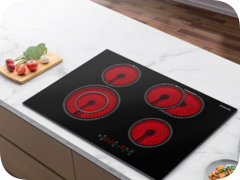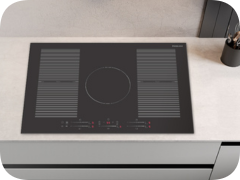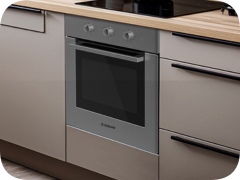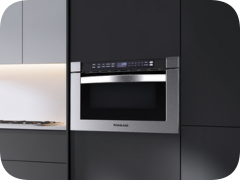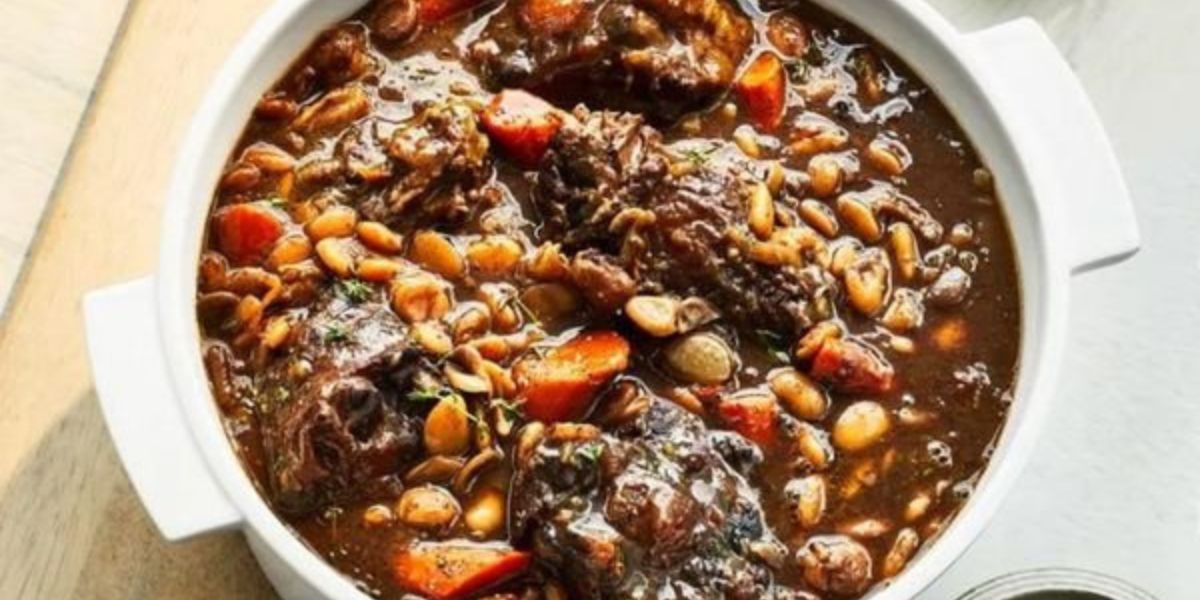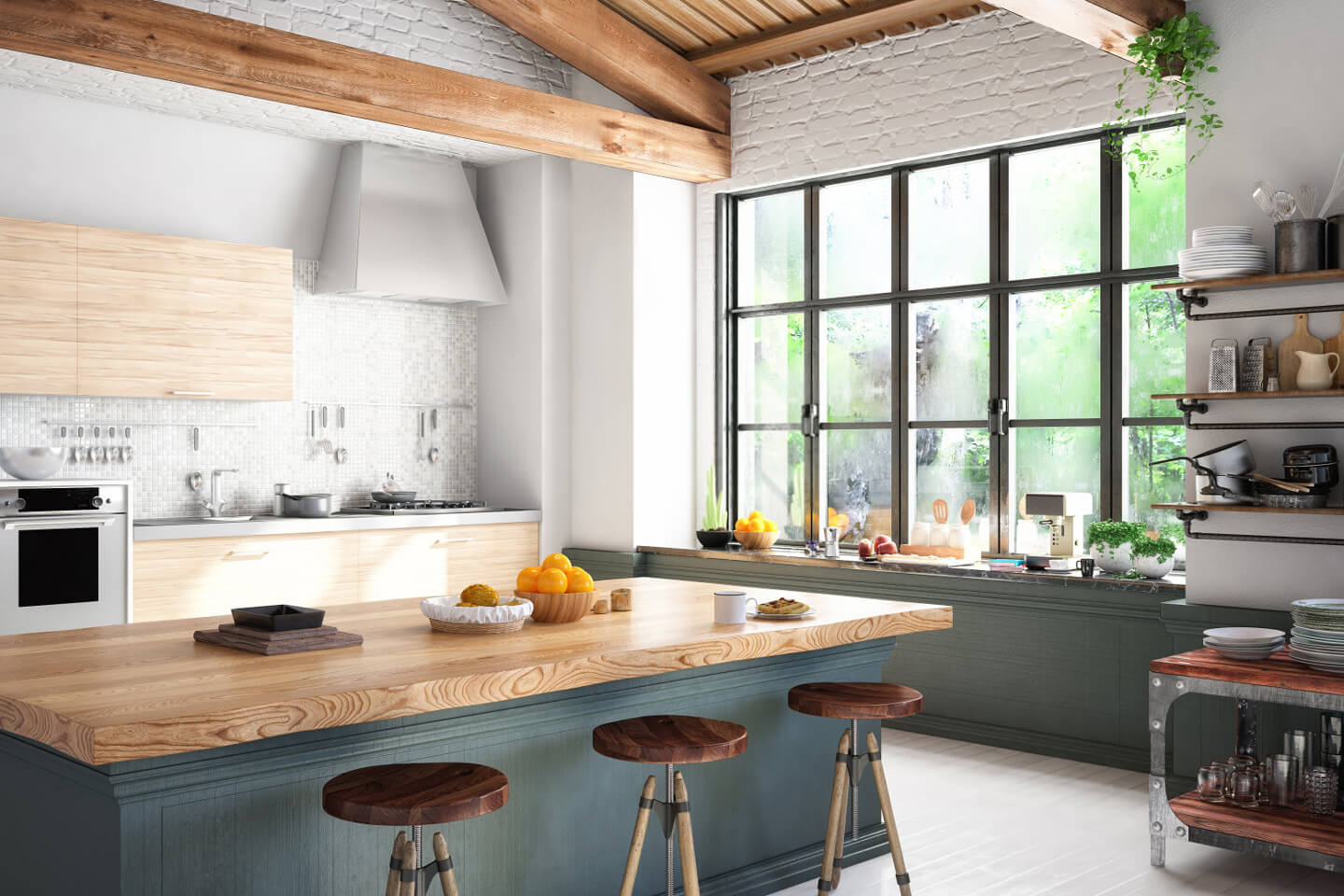Regardless of which type of cooktop you opt for, it is important to bear in mind the following when making a purchase:
- Shop for a cooktop according to the amount of available space in your kitchen. When shopping for a cooktop, the first and foremost consideration should be the amount of available space in your kitchen. Deliberating over the number of cooking zones is futile if your space constraints dictate the maximum size you can accommodate.
- Choose a cooktop that has the features that will be beneficial to you, such as timers, child locks and so on. Look at the position of the elements or burners that suit the size and number of pans you use most times you cook, side or front control and so on.
- It is important to consider energy efficiency when choosing a cooktop. An induction cooktop may require a larger initial outlay but it could save you money over the cooktop’s lifespan.
- Always check with your electrician about electrical ratings of any cooktop you are considering to ensure you have the correct wiring to suit your purchase. And make sure to adhere to the manufacturers installation requirements to avoid issues later.
- We strongly recommend that all cooktops are installed by a trained professional.
SHOP CERAMIC COOKTOPS SHOP INDUCTION COOKTOPS
The principal difference between ceramic and induction cooktops is how they create heat.
- Ceramic cooktops contain coiled metal elements under the tempered ceramic glass. These elements are electronically heated to the desired temperature. This coil then heats the ceramic surface and, consequently, warms the pan. The elements do cycle on and off during use making accurate heat control less than induction cooktops.
- Induction cooktops feature powerful, high-frequency electromagnets instead of heated coils. These magnets generate a magnetic field that heats the pan and not the cooktop’s surface.
- In short, induction cooktops are far more efficient than ceramic cooktops as they only heat the pan and not the surrounding air or the cooktop’s surface. Induction cooktops remain cooler during the cooking process, the ceramic top only heats from residual pan heat and loses heat quicker once turned off.
Cookware
Induction cooktops require a specific kind of cookware; ceramic cooktops will accept almost all types of cookware but are less energy efficient. Be aware that opting for an induction cooktop may mean that you have to replace some of your existing cookware. A quick check is to place a magnet on the base of your cookware, If the magnet sticks firmly you should be fine, cast iron is great and a large griddle pan is a great addition to your induction top for a bigger cooking area and a good flat base wok will make Asian cookery a pleasure.
- Ceramic cooktops perform better when used with flat-bottomed cookware as it increases the amount of the pan that is in contact with the heat and so reduces warm up times.
- If you opt for an induction cooktop check with your cooking specialist to assist with sizes and styles of cookware that best suit your cooking preferences as cookware has also advanced with time.
The cost of purchasing and running ceramic and induction cooktops differs greatly. It is important to consider your style of cooking, safety, energy bills and your time when deciding which is the most appropriate. An induction cooktop may be a slightly higher initial cost but a far better option long term.
- Ceramic cooktops tend to be less expensive to purchase than induction cooktops.
- Where electric elements are reasonably consistent in quality induction coils can vary greatly in quality and performance. As the tempered glass top is quite consistent in quality the induction coils are what will make a considerable difference when in use. Check with your cooking specialist to discuss power levels, zone layout, other features, warranty etc to determine the best cooktop for your circumstances
Safety
Both ceramic and induction cooktops offer a wide range of effective safety features that significantly reduce the risk of injury and damage to the cooktop.
- Induction cooktops are ideal for any home with small children as the surface doesn’t get as hot as a ceramic top and only activates even when switched on until a pan is placed on the zone.
- Ceramic cooktops do retain considerable heat after cooking up to four or five times higher than induction, however, most models now come with a residual heat indicator so you always know which zones are still too hot to touch or clean.
- Certain models offer added safety features that will turn the heat off if there is a spillage or if the pan that has been placed on the cooking zone is empty. The latter of these features can prevent lasting damage and costly repairs
Product Recommendations
1. GASLAND 12 Inch 2 Boost Burner 3500W Slider Control Induction Cooktop
Perfect Partner 12 inch electric cooktops for Your Kitchen- "B" Powerful Boost Heating- 2 boost burners (1500W + 2300W) at a 3500W total output with 9 heat levels, from simmer to boil. The "B" button for the Boost heating enters ultra-high power mode for faster heating.
- Sophisticated and High-quality - The scratch-resistant one-piece vitro ceramic glass surface adds elegance and simplifies cleaning for a sleek appearance. The Slider/Clickable touch button ensures easy temperature adjustments for precise heating control.
- Smart Timer - Set the built-in timer up to 99 minutes, no more fretting over perfect timing or babysitting your stovetop.
- Safety Features - Featuring Child Lock, Over-temperature protection, Auto shut-off, Residual heat indicator, Pan Detector function. The pan detector will sound an alarm and shut down when a pan is removed without turning off the power.
- Best Partner - Perfect for searing a beautiful steak, crafting sandwiches, or flipping pancakes with a GASLAND 2-in-1 griddle/grill. Built-in electric cooktop without a plug requires 240V hard wiring. Built-in cut-out size of 19.7x10.7 Inch (500x 270mm), and product size of 20.5x11.3x2.2 Inch (520x 290x55mm). Griddle Size: 17.2x9 Inch.
2. GASLAND Chef 30 Inch 5 Burner Sensor Touch Control Induction Cooktop
Upgrade Your Kitchen with 5 burner induction hob- 5 Powerful Cooking Zones - This 30 inch induction cooktop is suitable for AC220-240V, featuring 5 powerful cooking zones, two 1500W(boost to 2000W) and another three 2000W(boost to 2600W) with total power 6800-7400W for quickly cooking.
- 9 Level Touch Controls - Featuring 9 power levels, for precision to switch into different level from boil to simmer. with the Stop & Go function, it can reduce all cooking zones to power level one with one touch, preventing overcooking. Easily reactivate previous settings when you return.
- "B" Powerful Boost Heating- The "B" button for the Boost heating enters ultra-high power mode in one second and lasts for 5 minutes. The cooking zones can be used as a single zone(flex zone) or several different zones according to the cooking needs anytime.
- One-piece Glass - The scratch-resistant one-piece vitro ceramic glass surface adds elegance and simplifies cleaning for a sleek appearance. The Slider/Clickable touch button ensures easy temperature adjustments for precise heating control.
- Smart Timer - Set the built-in timer up to 99 minutes, no more fretting over perfect timing or babysitting your stovetop.
- Safety Features - Featuring Child Lock, Over-temperature protection, Auto shut-off, Residual heat indicator, Pan Detector function. The pan detector will sound an alarm and shut down when a pan is removed without turning off the power.
- Best Partner - Perfect for searing a beautiful steak, crafting sandwiches, or flipping pancakes with a GASLAND 2-in-1 griddle/grill. Built-in electric cooktop without a plug requires 240V hard wiring. Built-in cut-out size of 29.3x19.4 Inch (740x 490mm), and product size of 30.4x20.5x2.3 Inch (770x 520x58mm). Griddle Size: 17.2x9 Inch.
Conclusion
Choosing between a ceramic and an induction cooktop depends on your kitchen space, Both of them offer exceptional features that will enhance your cooking experience and elevate your kitchen’s aesthetics. Consider your needs and preferences to make the best choice for your home. Happy cooking!


